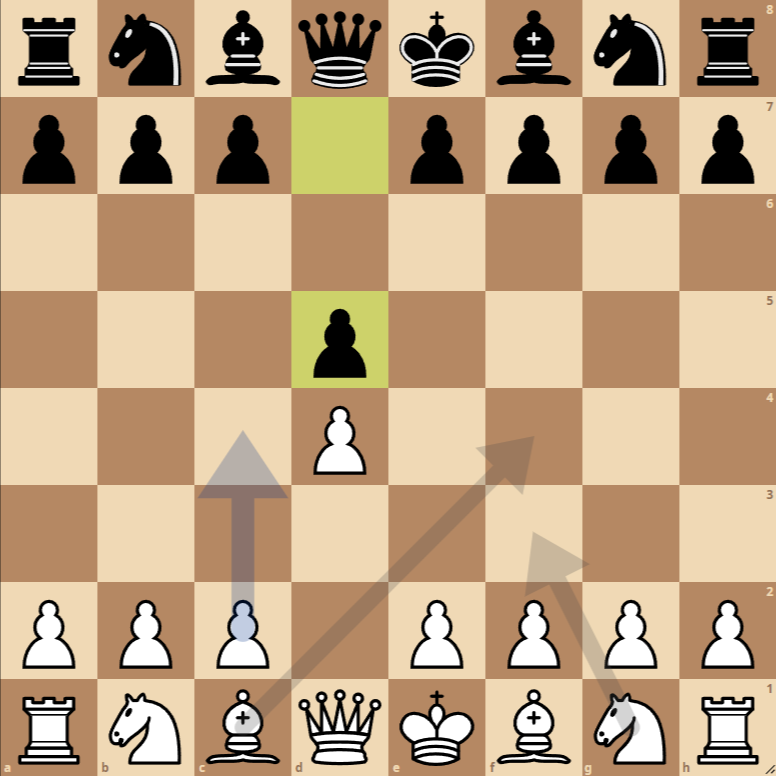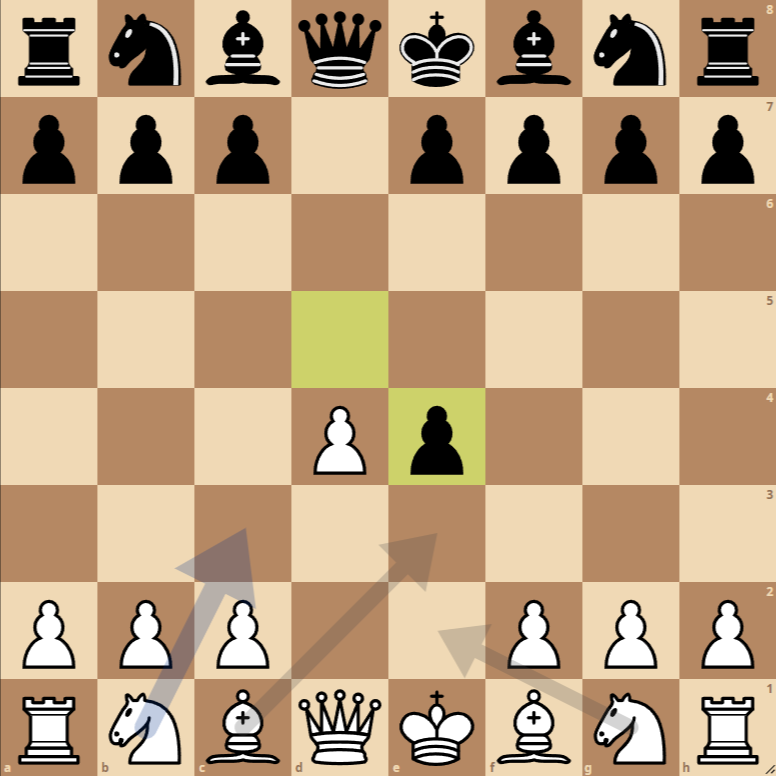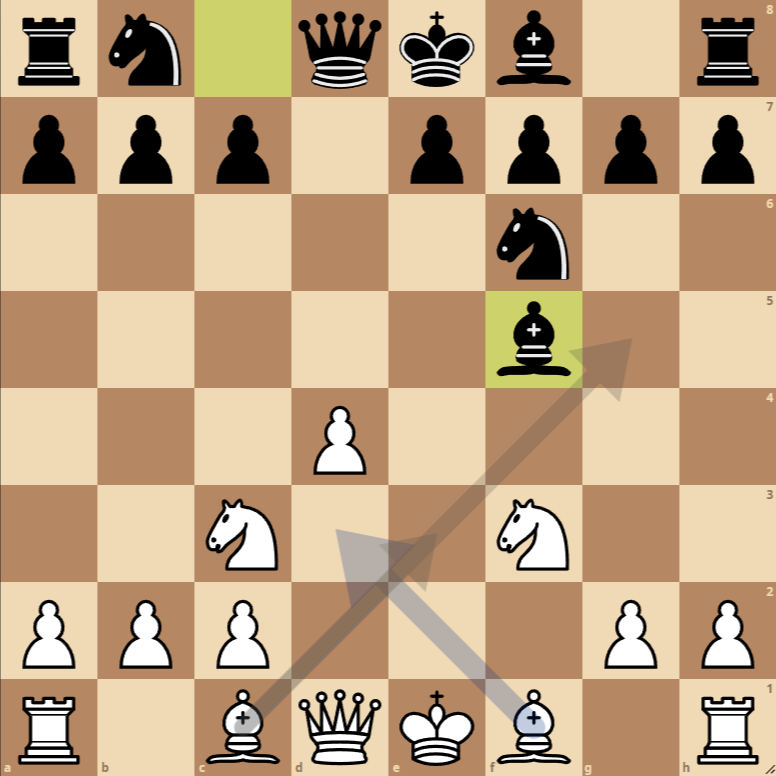Blackmar-Diemer Gambit Accepted Gunderam Defense



The opening that unfolds through the moves 1. d4 d5 2. e4 dxe4 3. Nc3 Nf6 4. f3 exf3 5. Nxf3 Af5 places us in the heart of the Blackmar-Diemer Gambit, specifically in the variation known as the Gunderam Defense. This opening is a clear example of the struggle for central control and initiative in chess from the very beginning. In this position, both sides have adopted bold strategies and tactics, seeking to take advantage of the dynamics of the game.
Strategies and Tactics for White
White has sacrificed a pawn on e4 to gain rapid development and attacking opportunities. Move 5. Nxf3 recovers the pawn and paves the way for a strong attack on the kingside. With the center cleared, White can consider several aggressive moves:
- 1. Ac4: This move aims to pressure the weak f7 point from the start. By placing the bishop on c4, White directly eyes the black king, threatening devastating tactics that may involve sacrifices on f7 if Black does not defend adequately.
- 2. Ad3: With this maneuver, the bishop positions itself on a more conservative square than Ac4 but still exerts pressure on the black kingside. From d3, the bishop supports the advance of the white queen and can participate in attacks in the center and on the kingside.
- 3. Ce5: This knight move seeks to centralize White’s forces further, putting pressure on c6 and setting the stage for moves like Af4 or Qd2-Qg5, intensifying the attack against the black king.
Strategies and Tactics for Black
Black, on the other hand, has accepted the gambit and must now play with precision to counter White’s threats. With the bishop on f5, Black aims to maintain some control over the center and prepare for possible counterattacks.
- 1. e6: Strengthening the center and opening lines for the dark-squared bishop and the queen can be crucial for Black. This move also prepares the development of the bishop to d7, connecting the rooks.
- 2. Cbd7: Developing the other knight to increase the defense of the c6 pawn and prepare the pawn’s advance to c5, challenging the white center and seeking counterplay.
- 3. h6 or g6: Moves like h6 can prepare the bishop’s retreat to h7, avoiding its exchange and maintaining pressure on the center. g6 prepares the fianchetto of the dark-squared bishop, although it should be played carefully due to the weaknesses it can create on the dark squares around the king.
Conclusion: In this phase of the opening, it is vital for both sides to develop their pieces rapidly and not neglect the safety of their kings. White seeks to capitalize on their development and early pressure, while Black needs to counter carefully, avoiding tactics that could tilt the game in favor of White. The balance between aggression and defense will define the course of the game in this intriguing opening.

